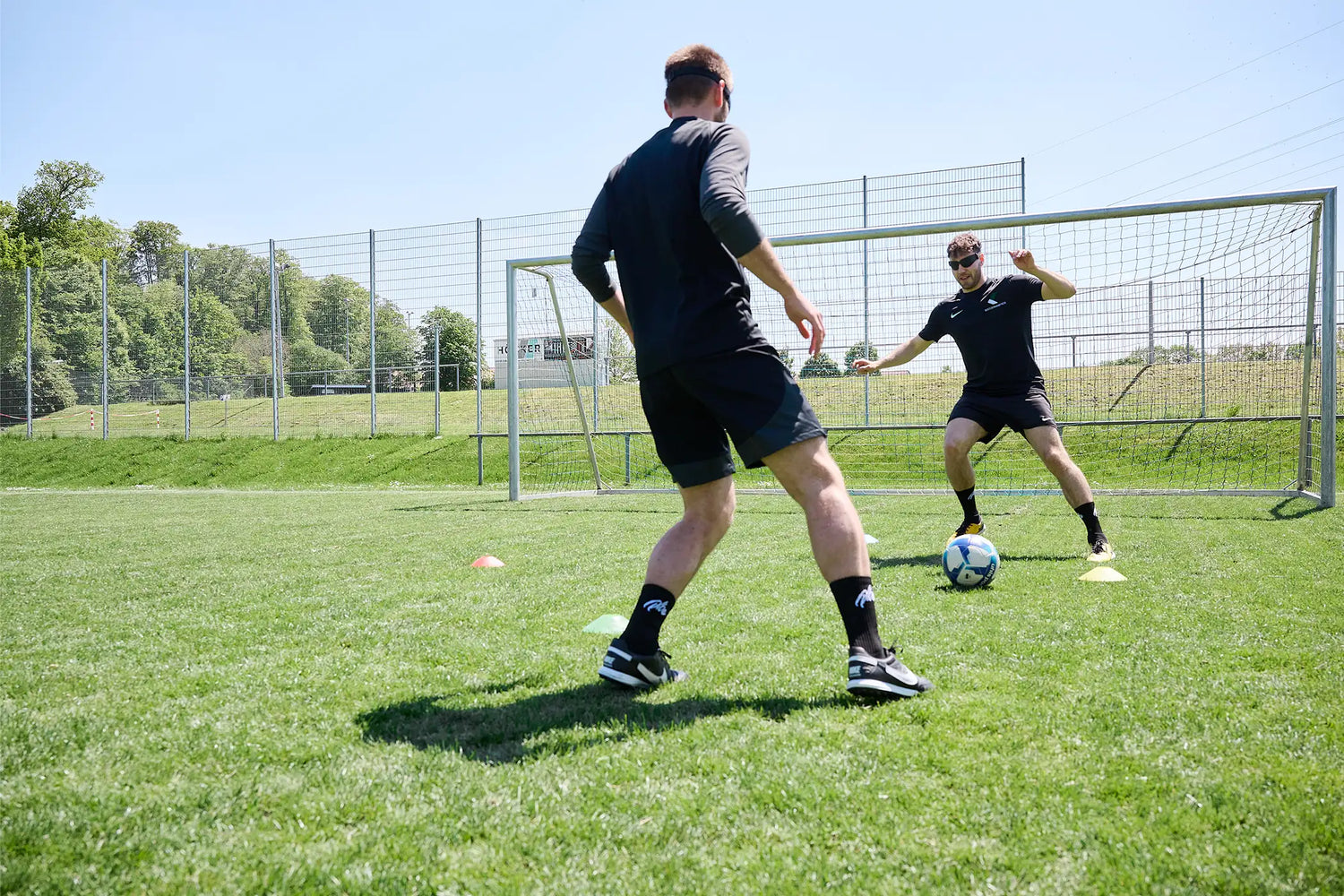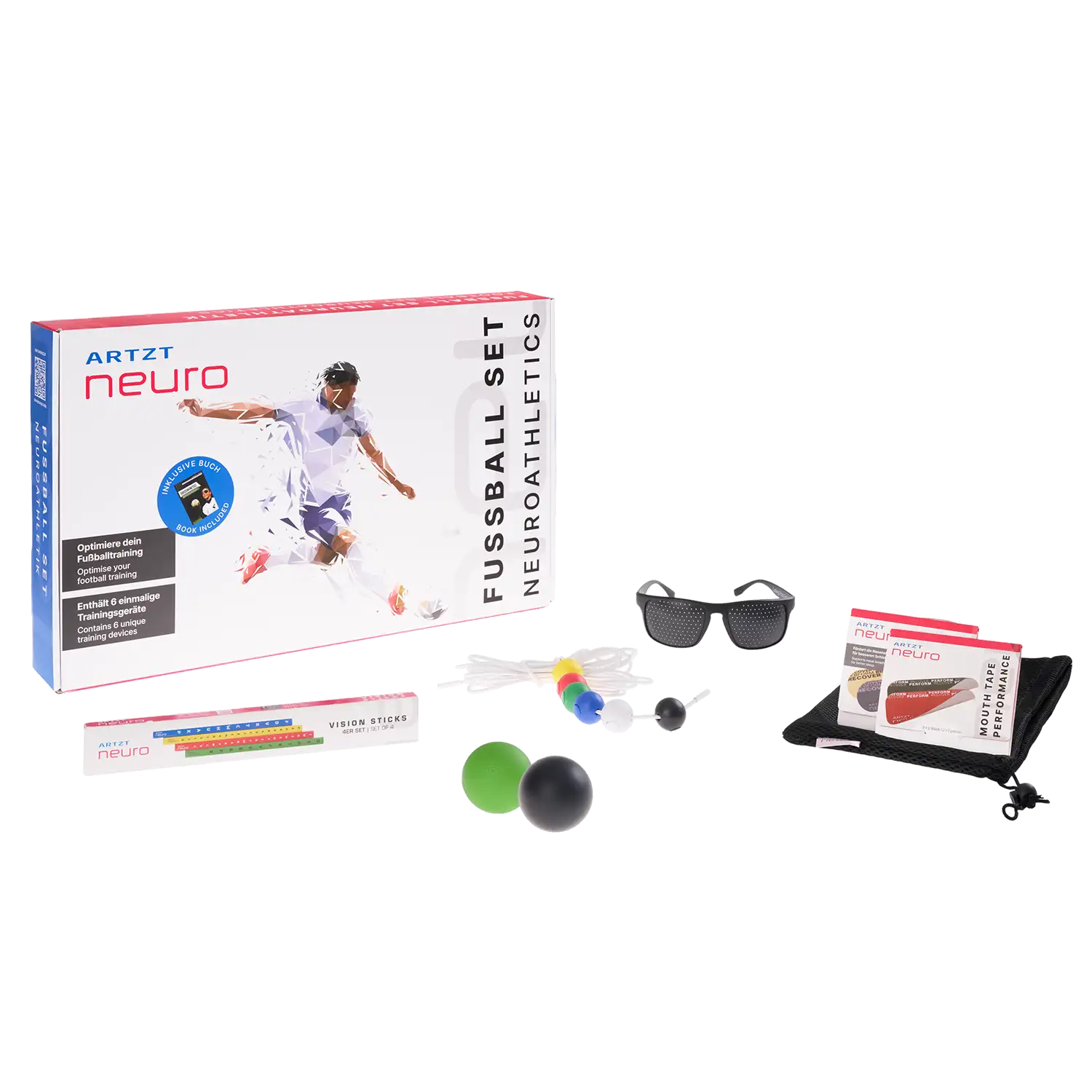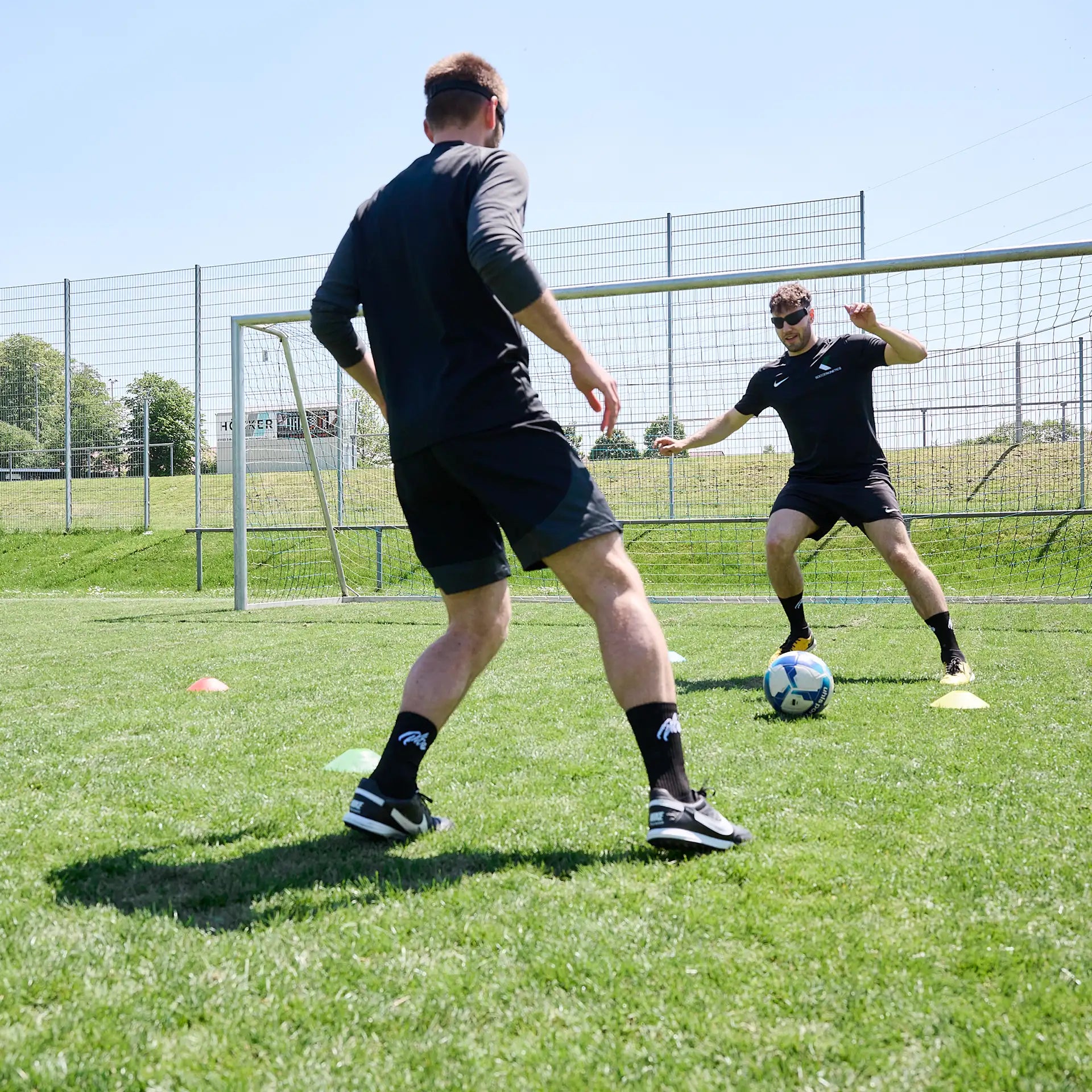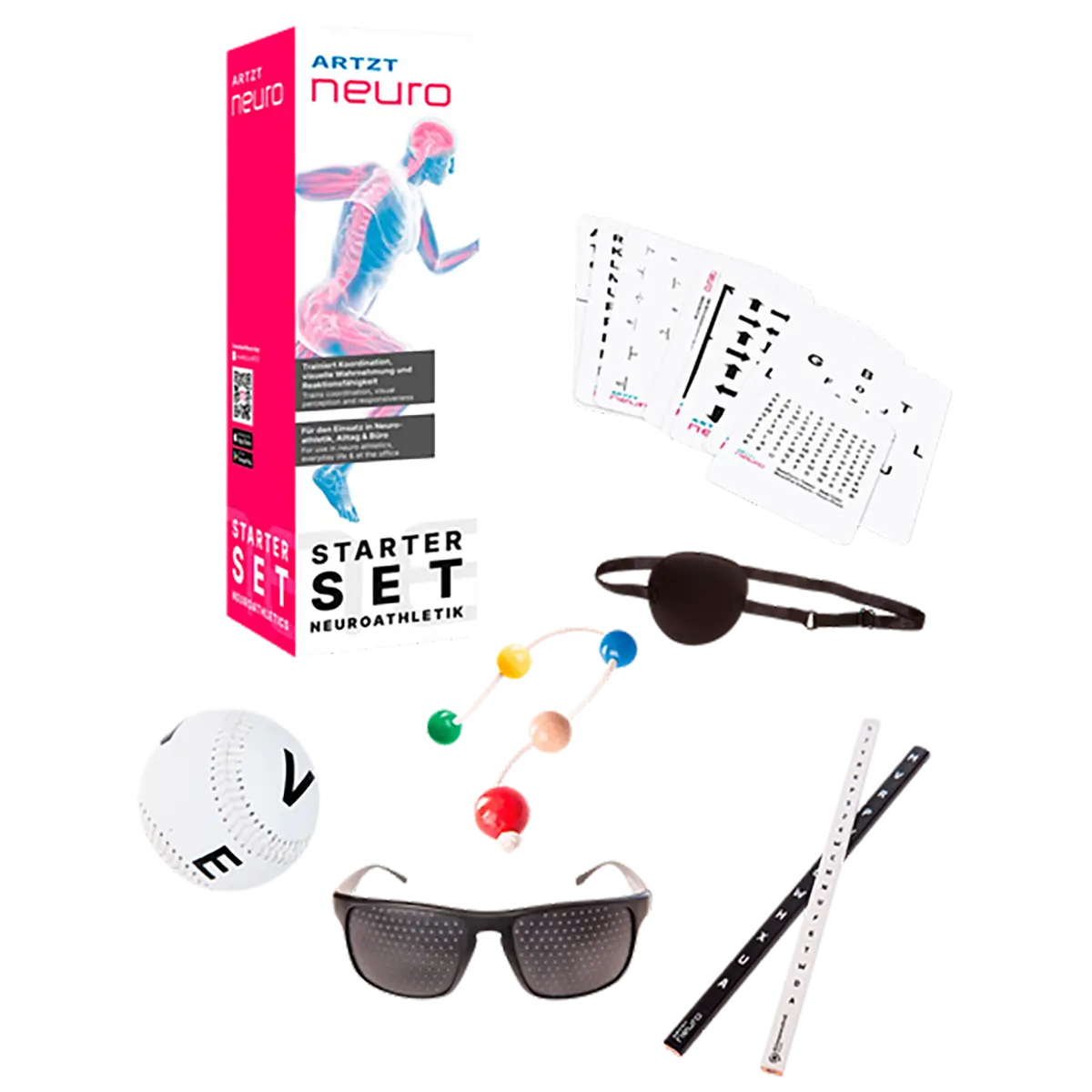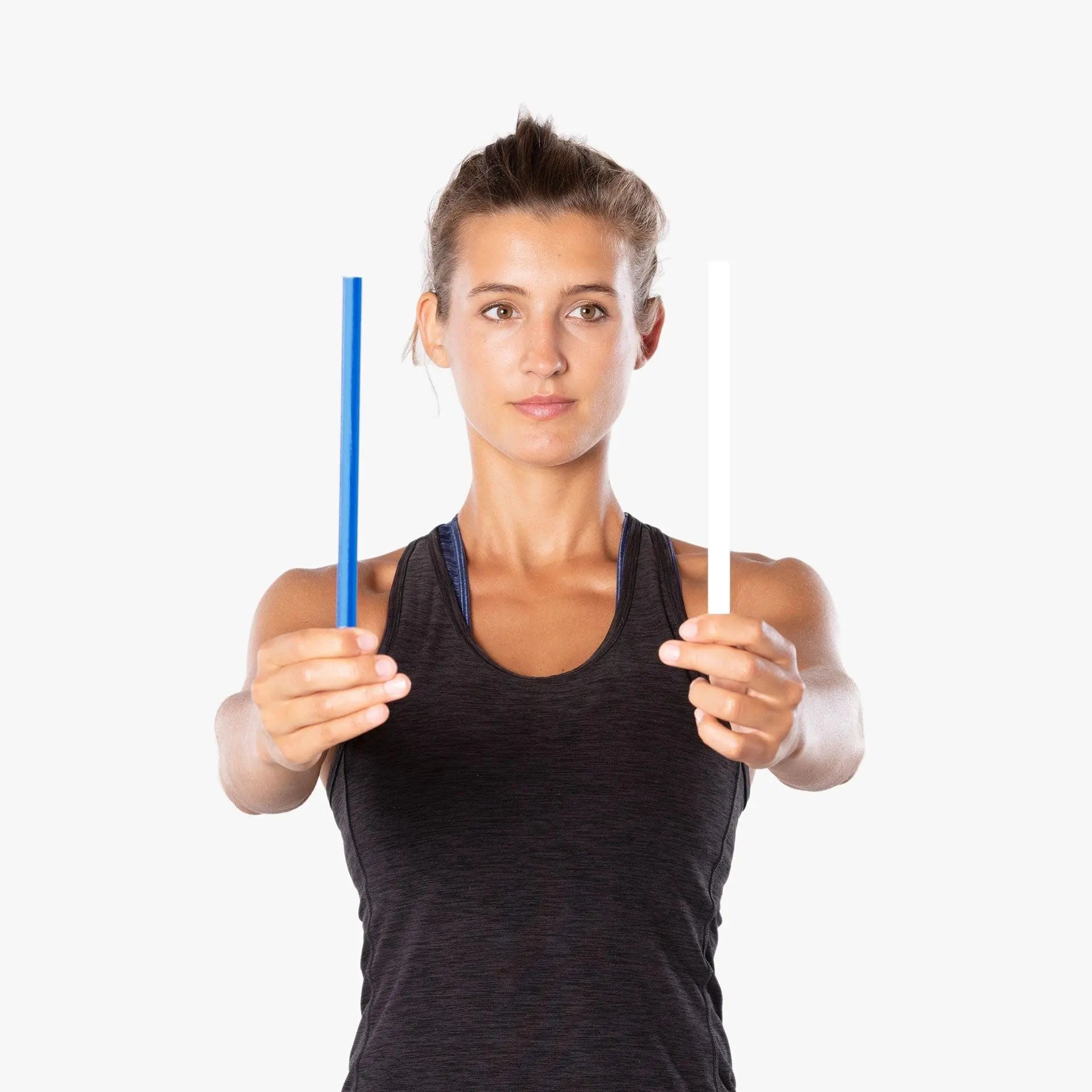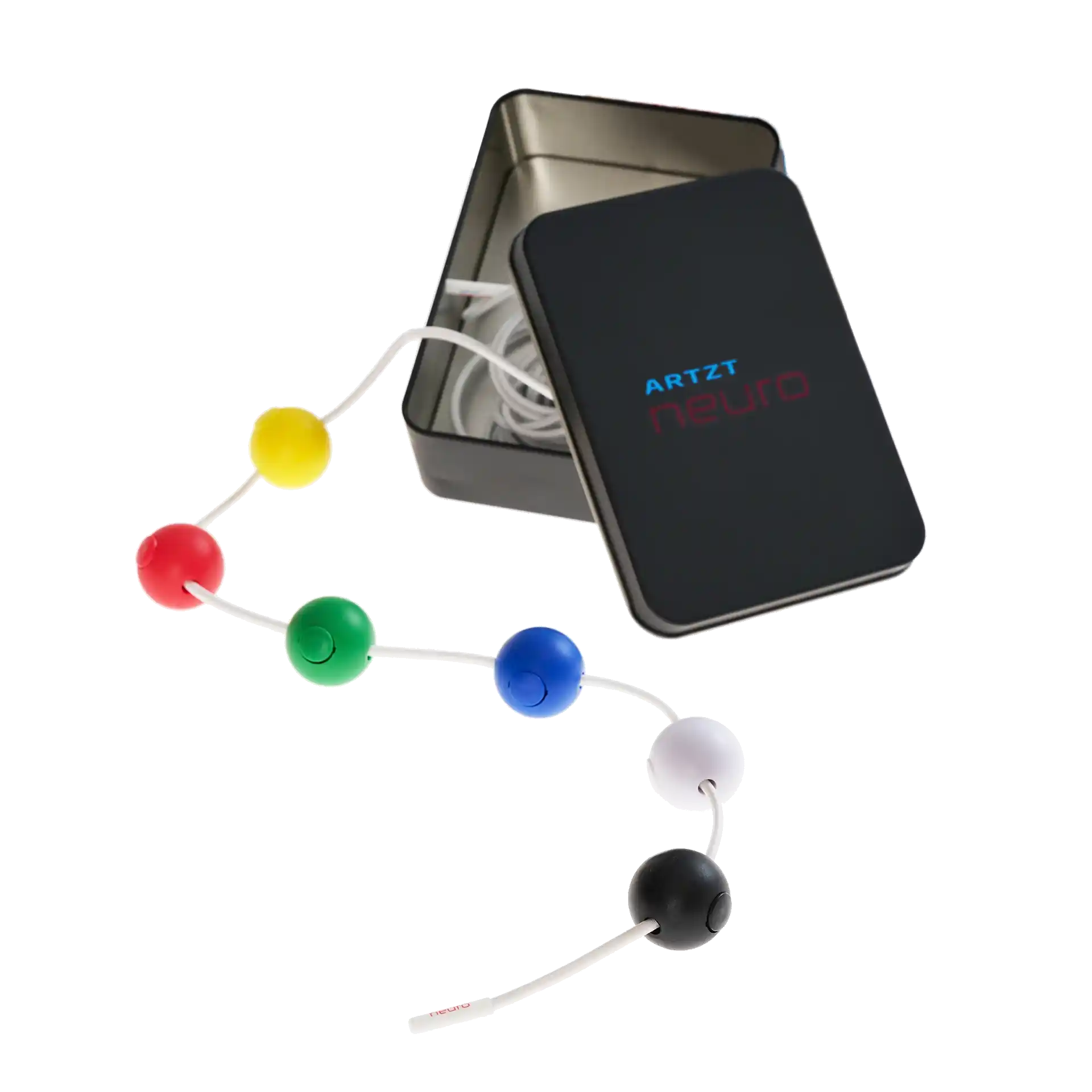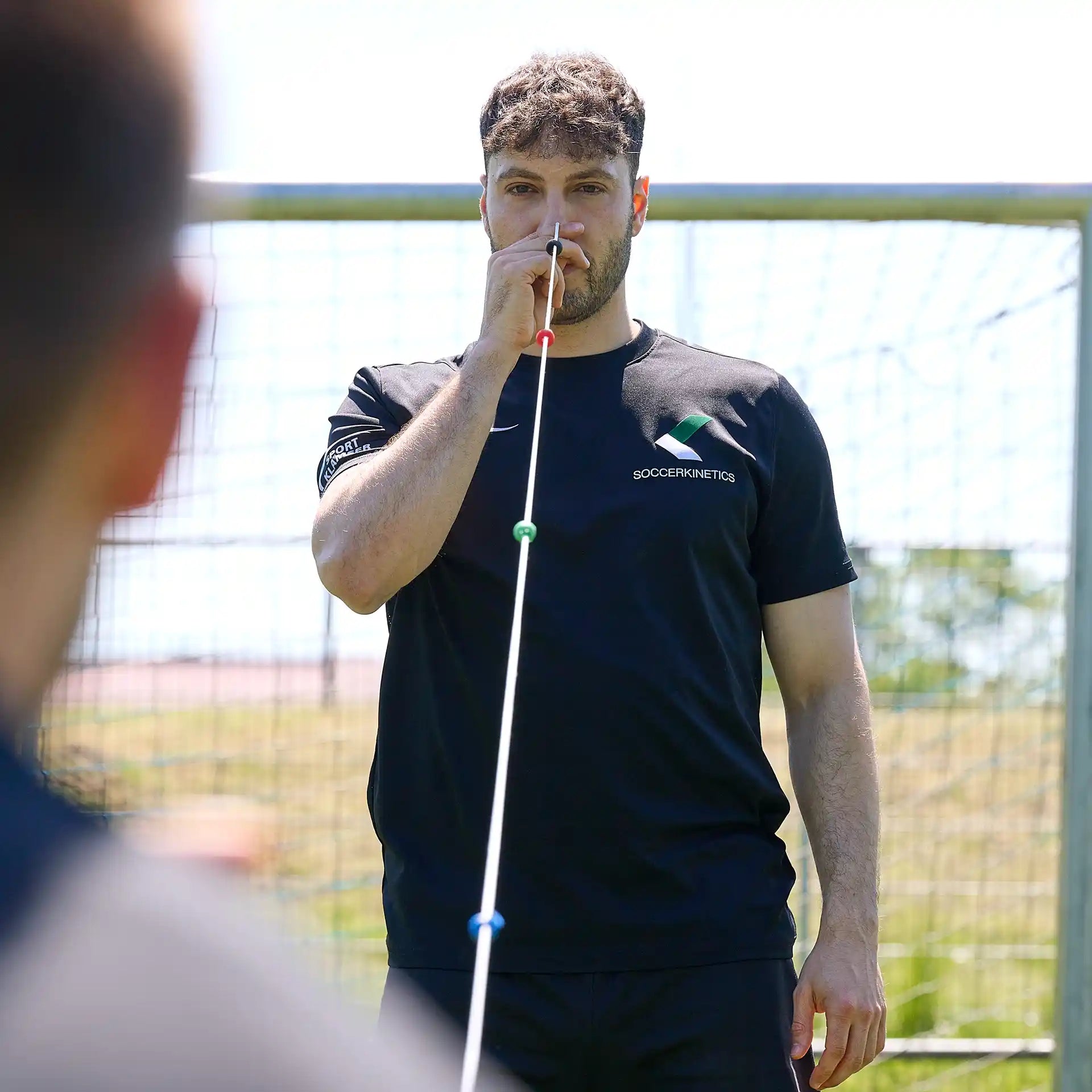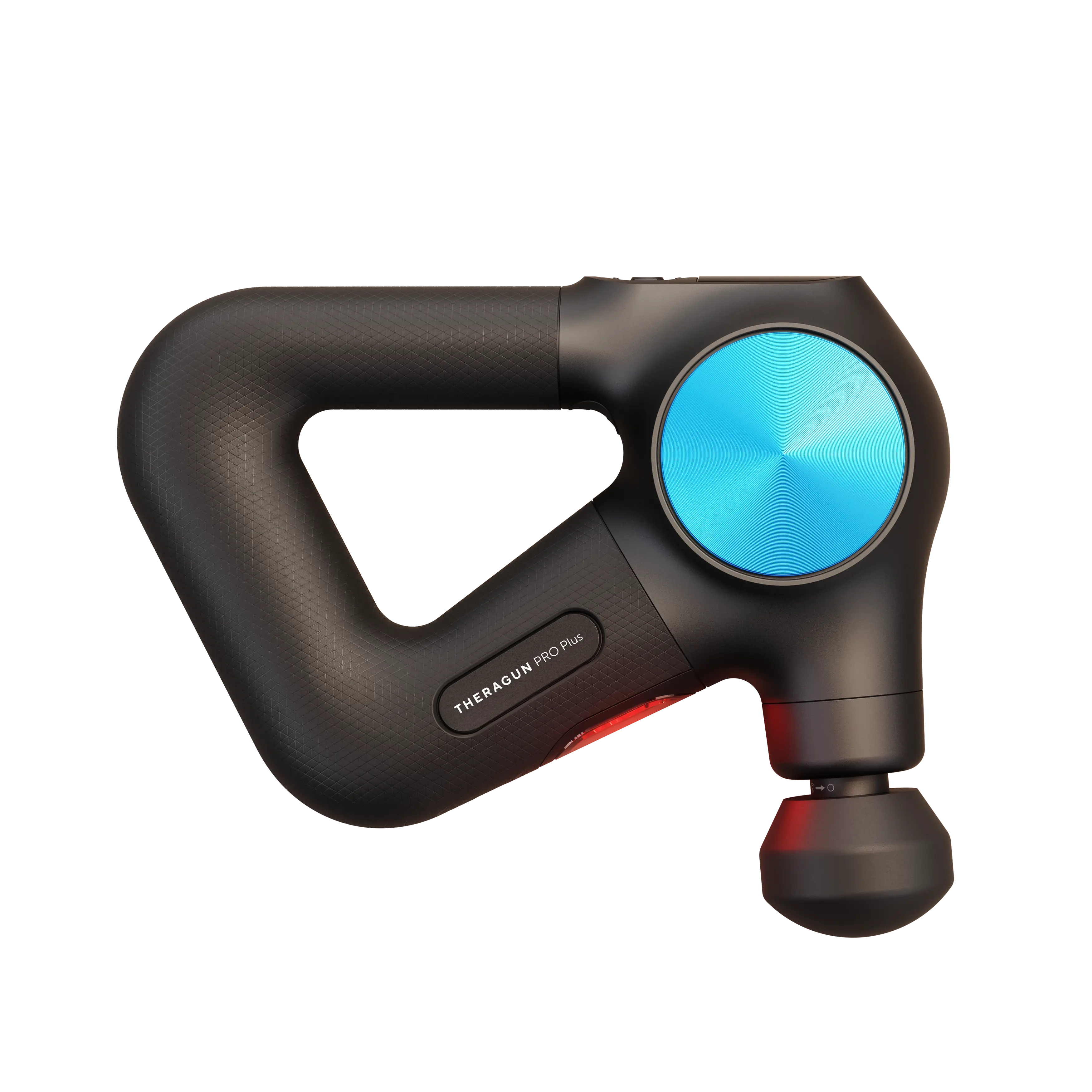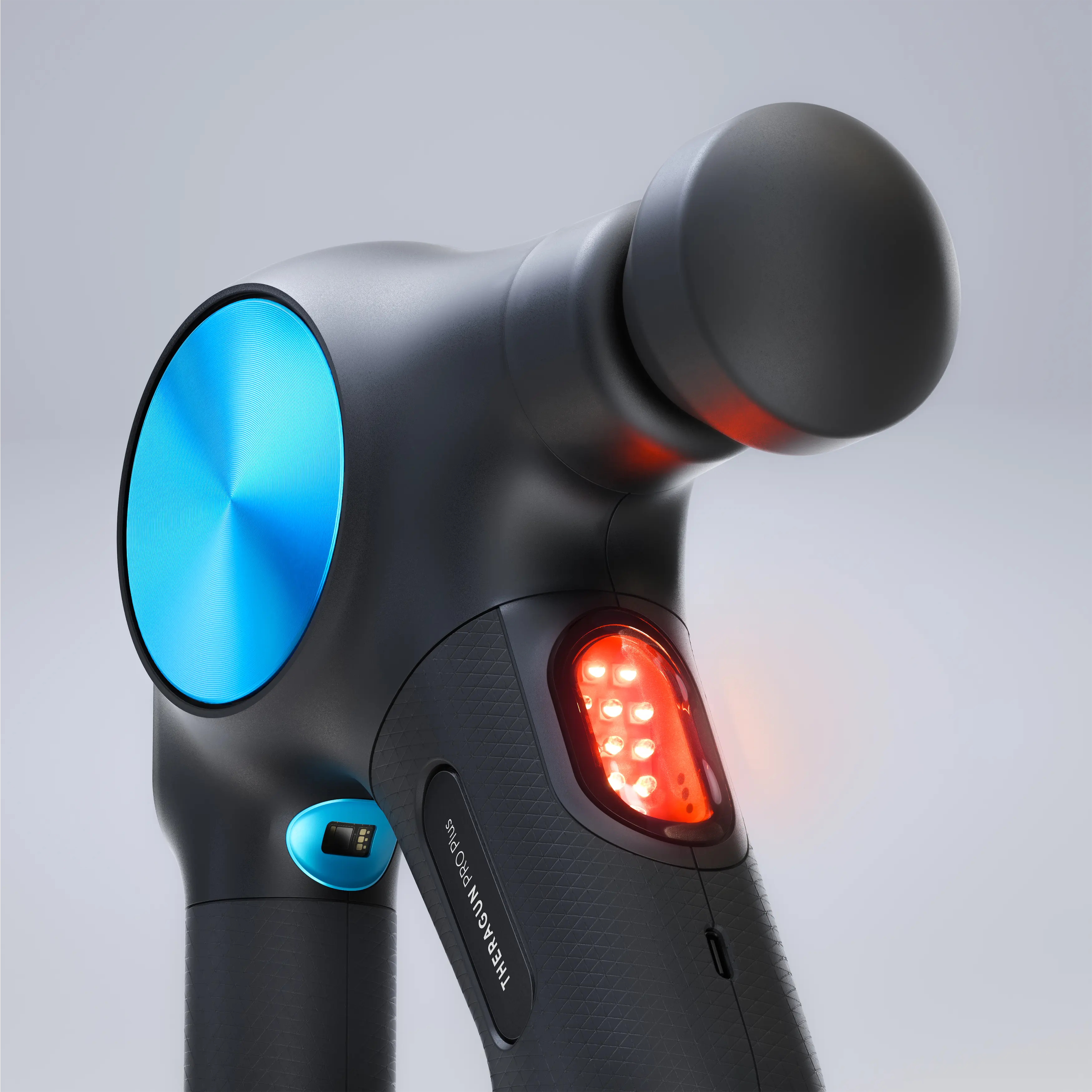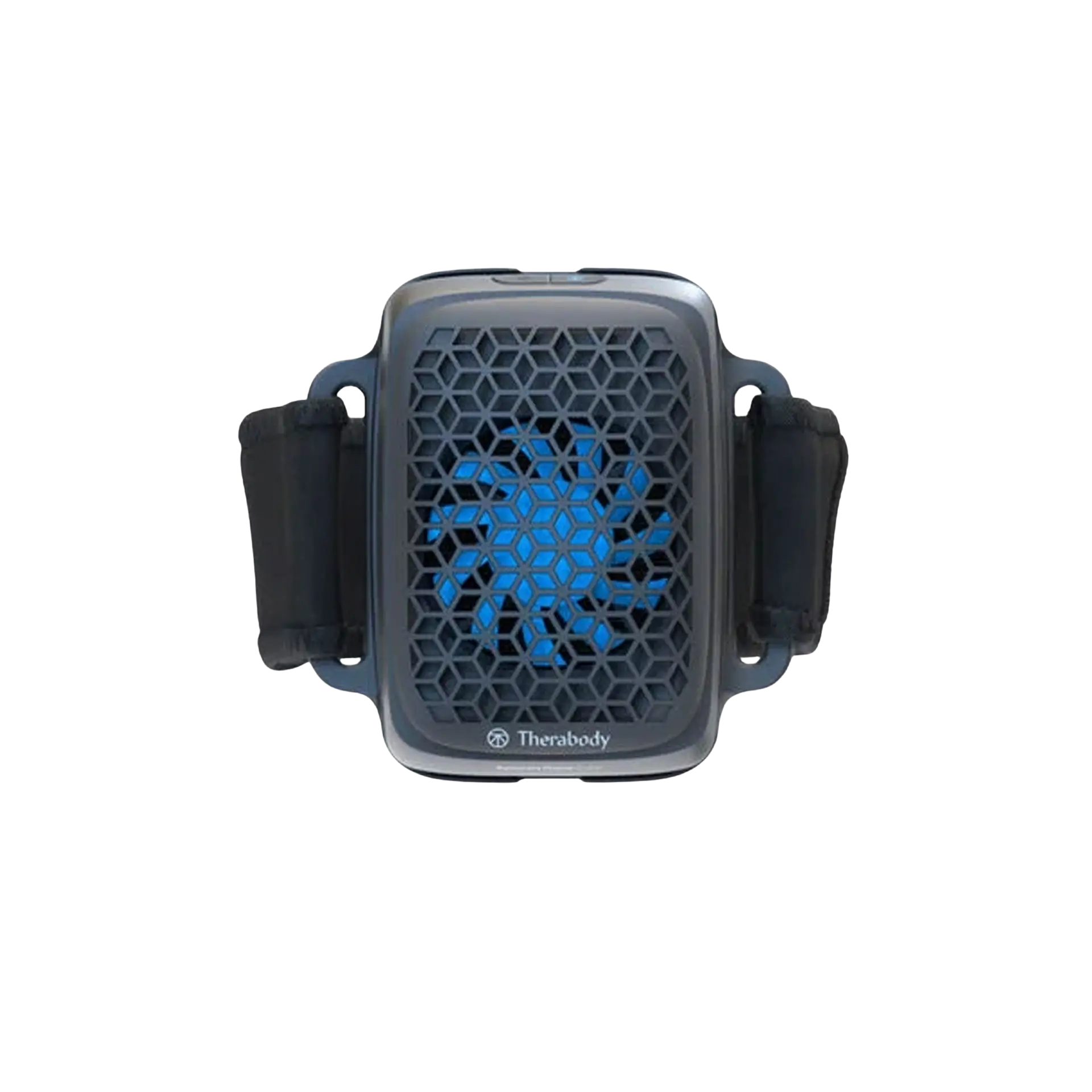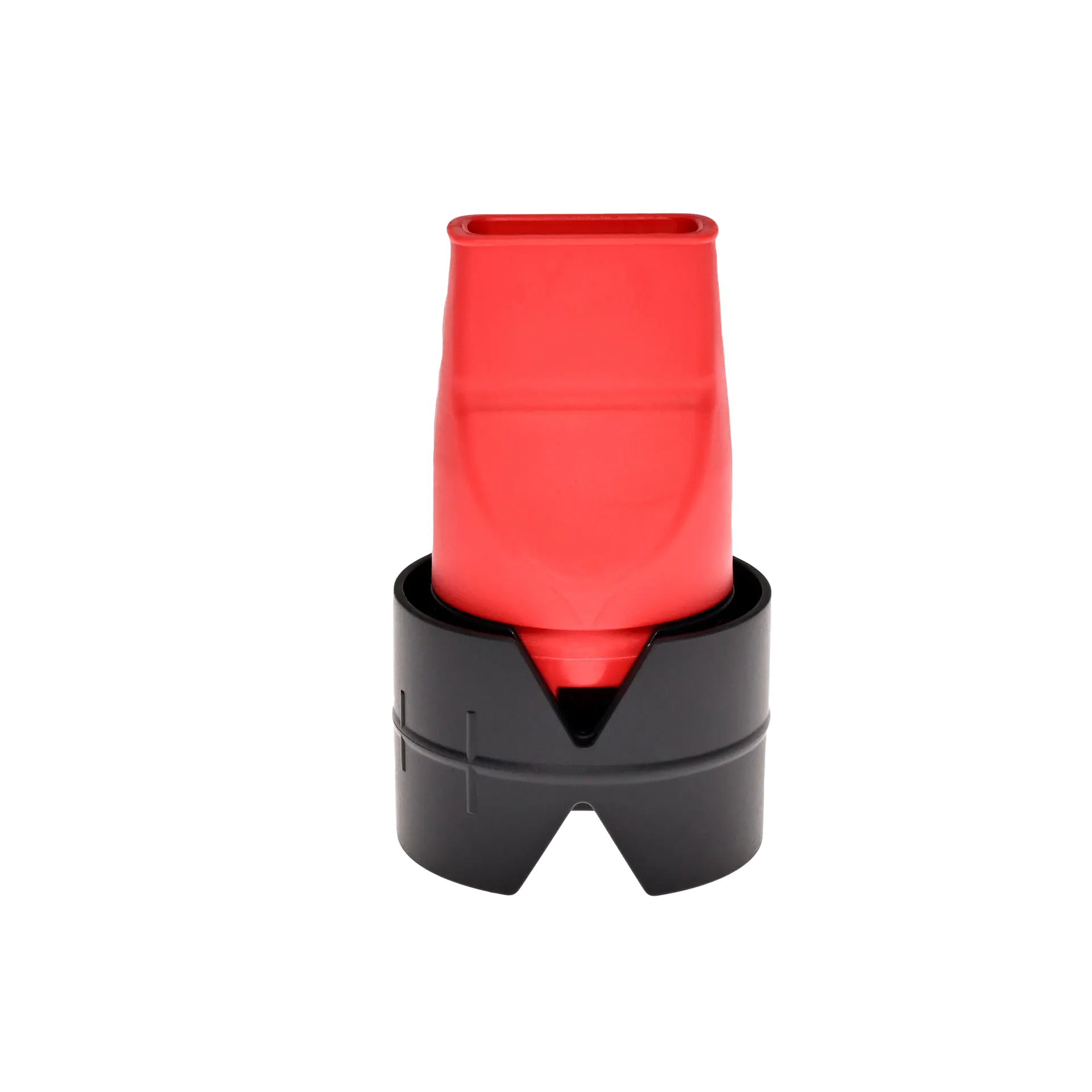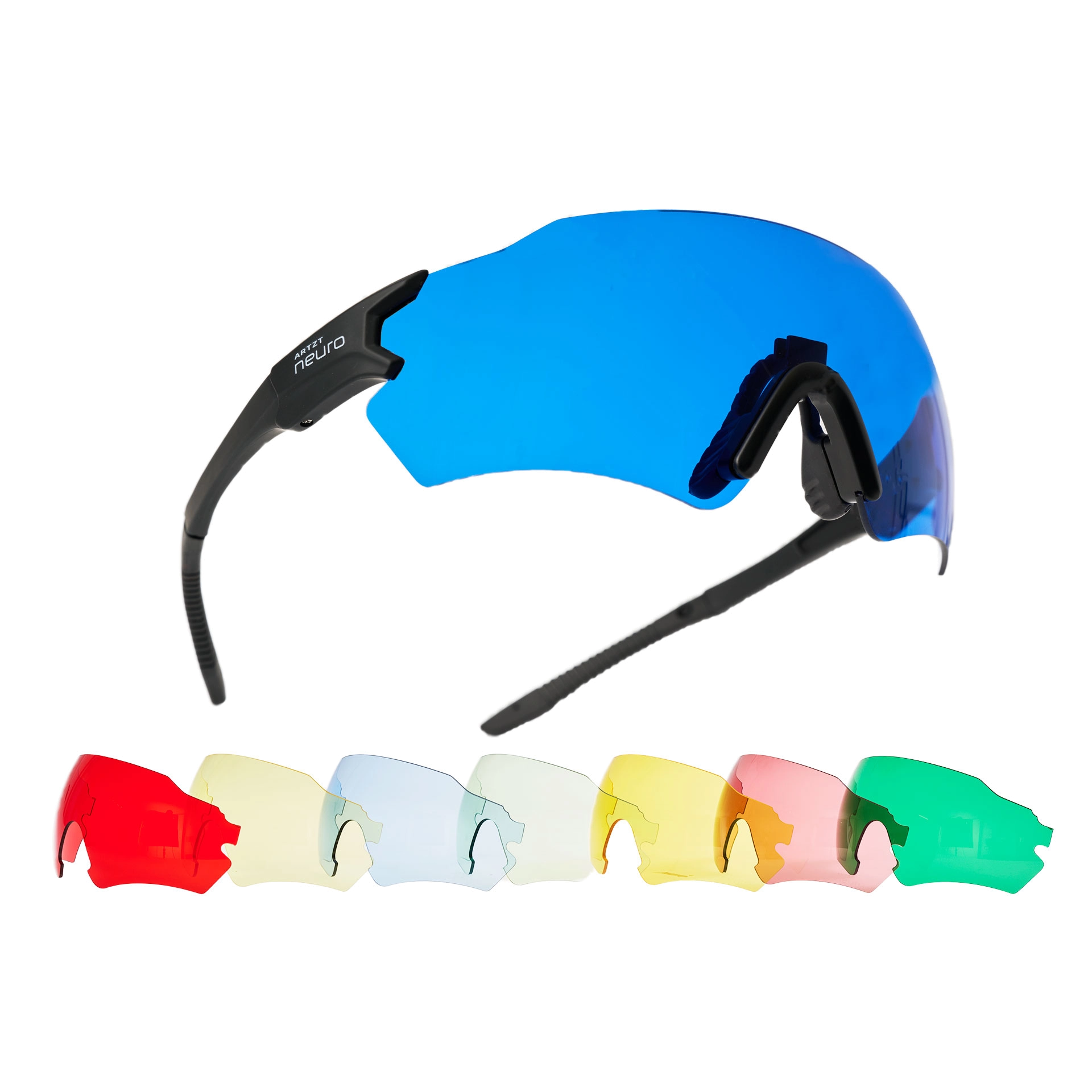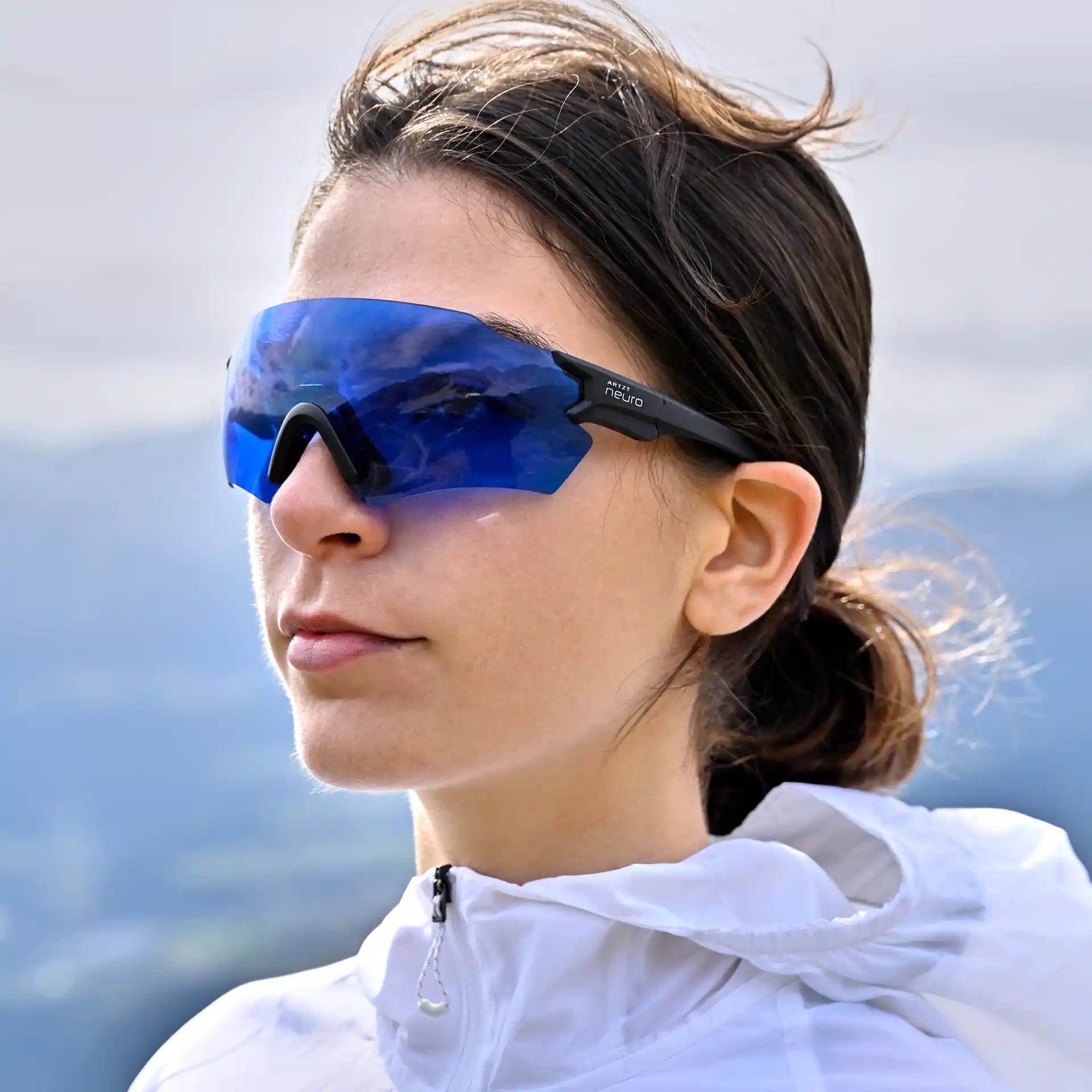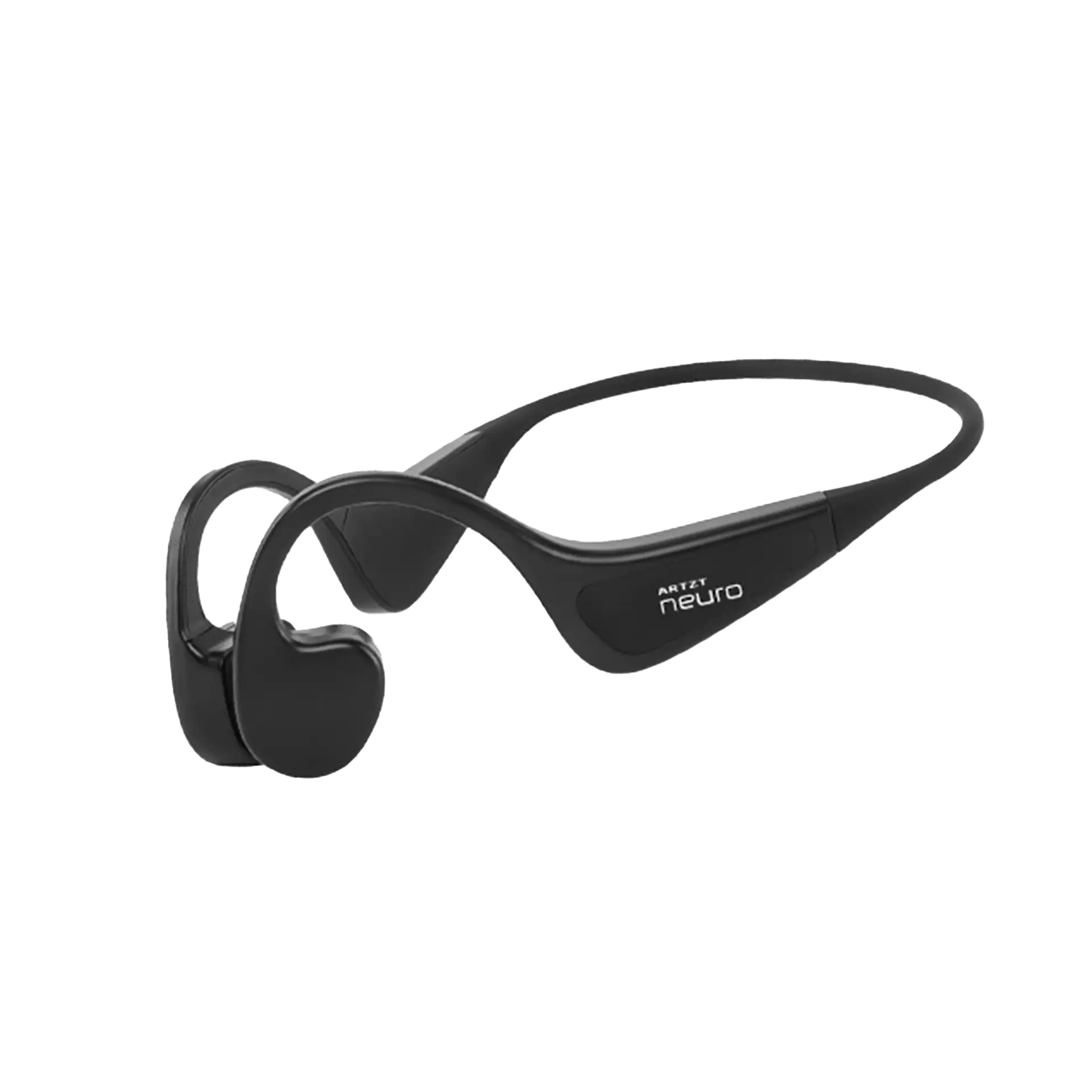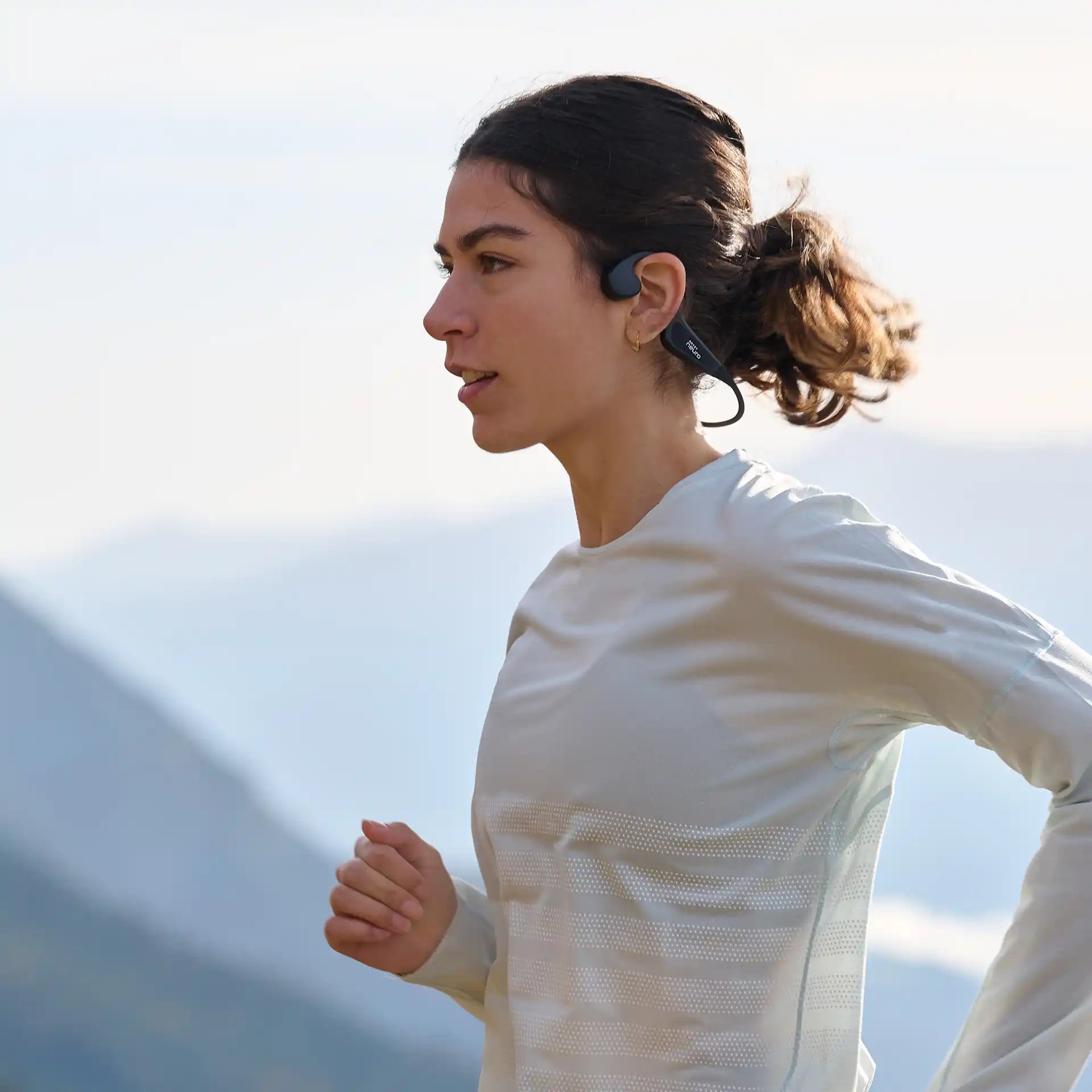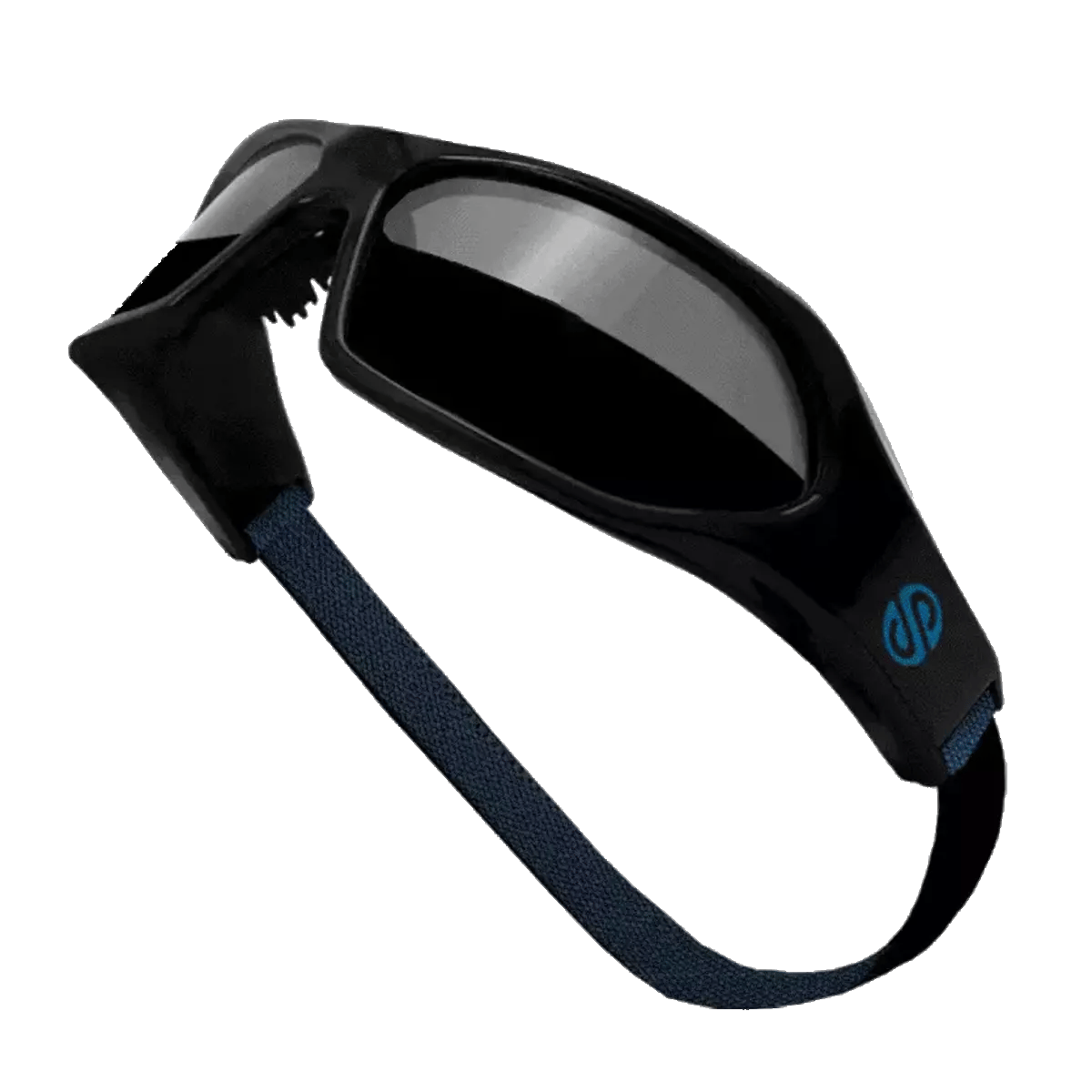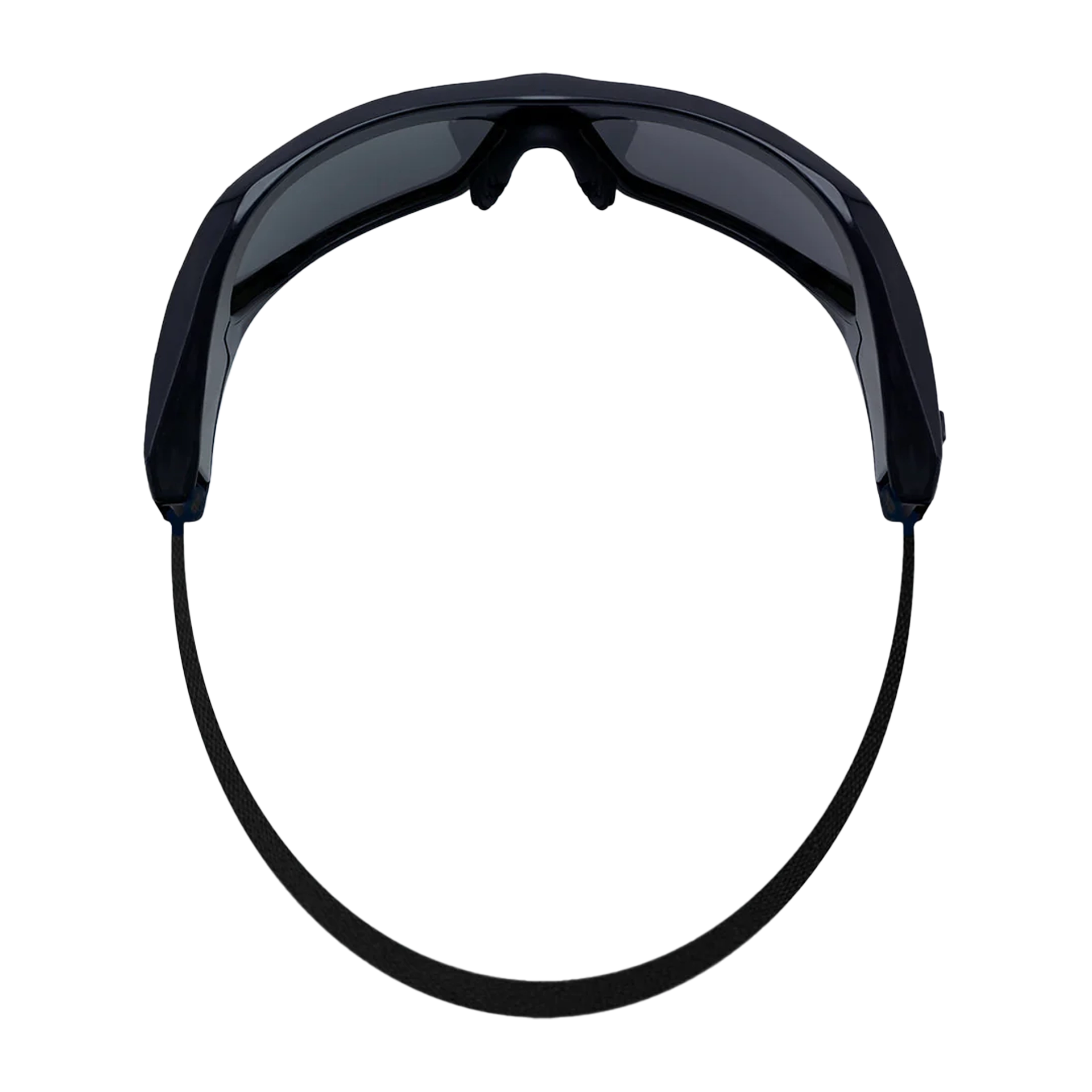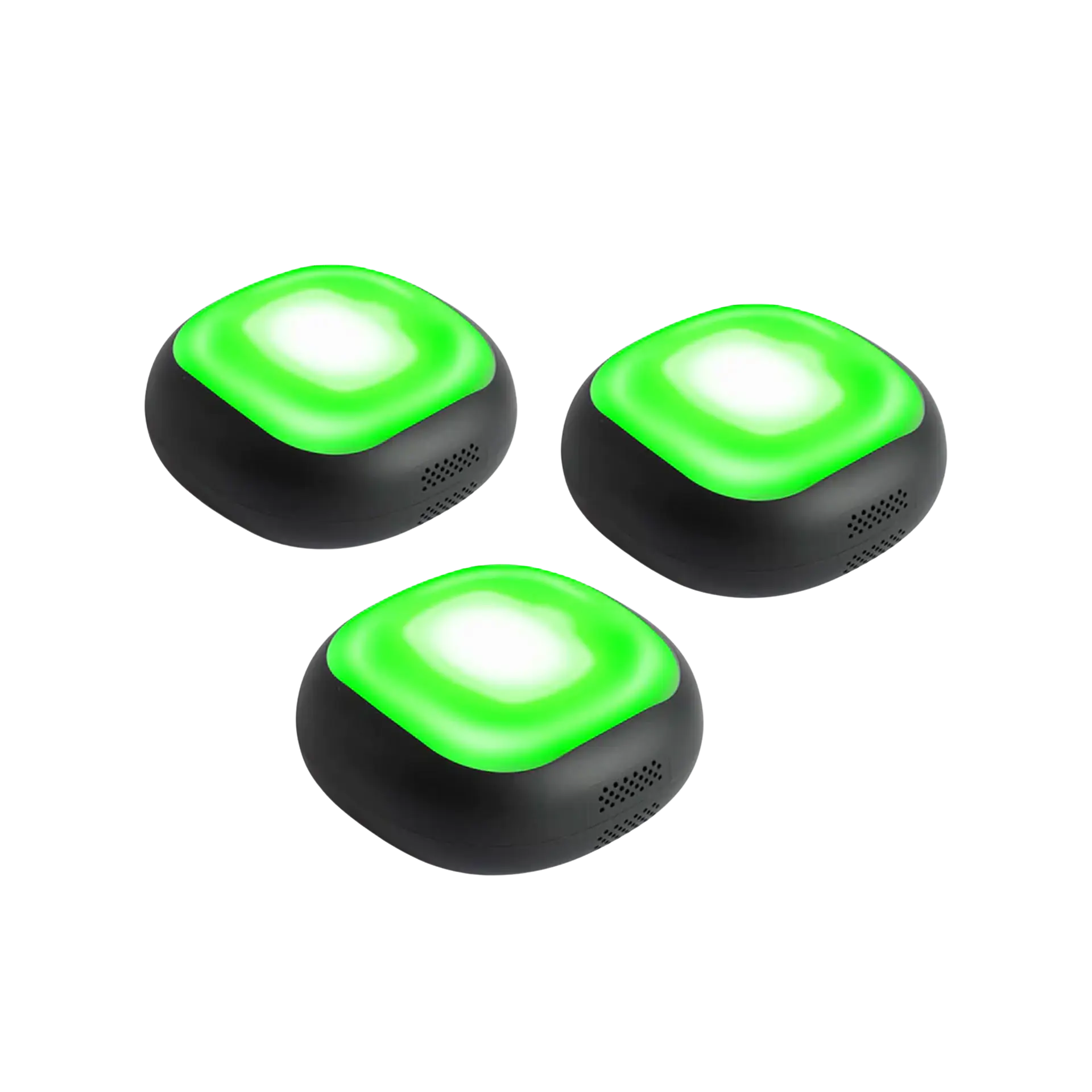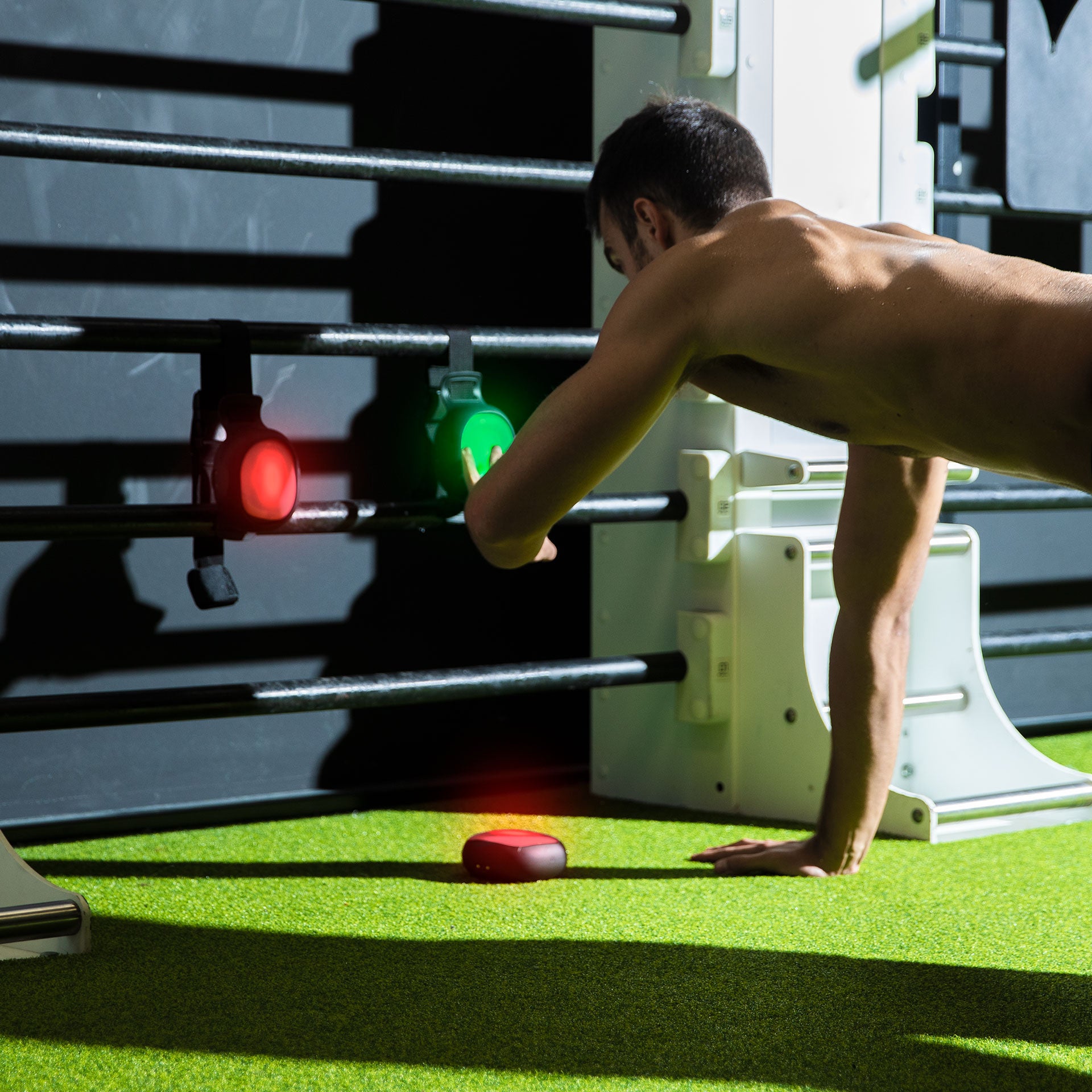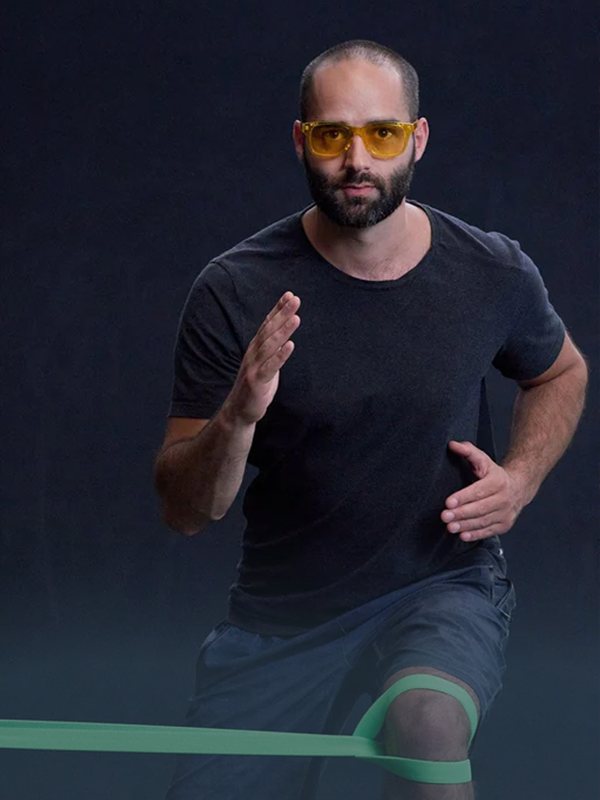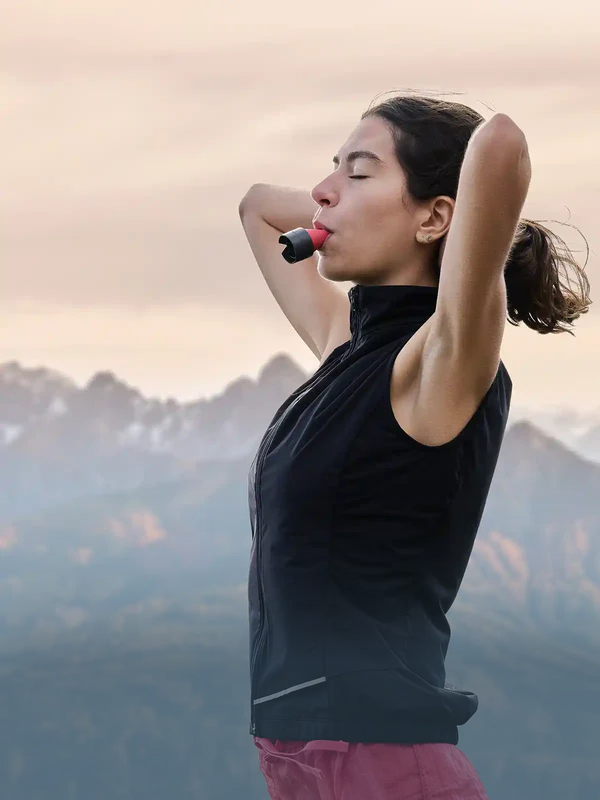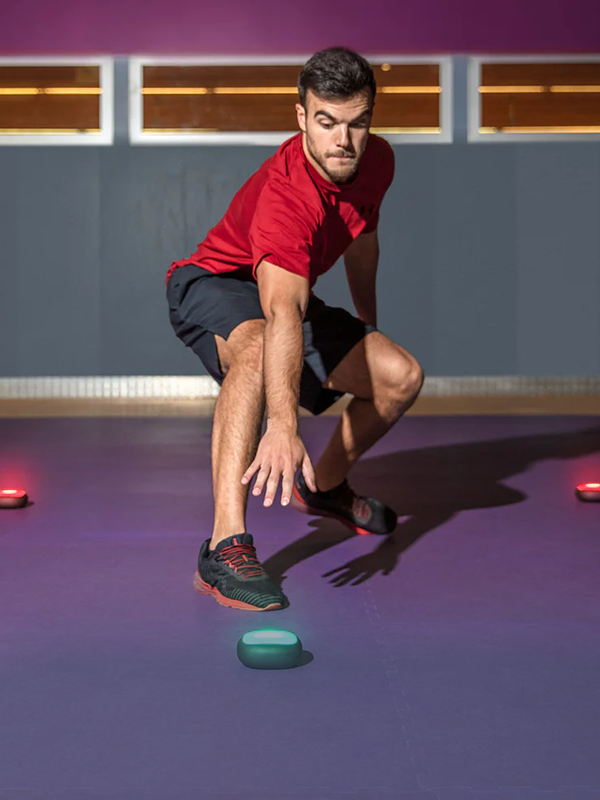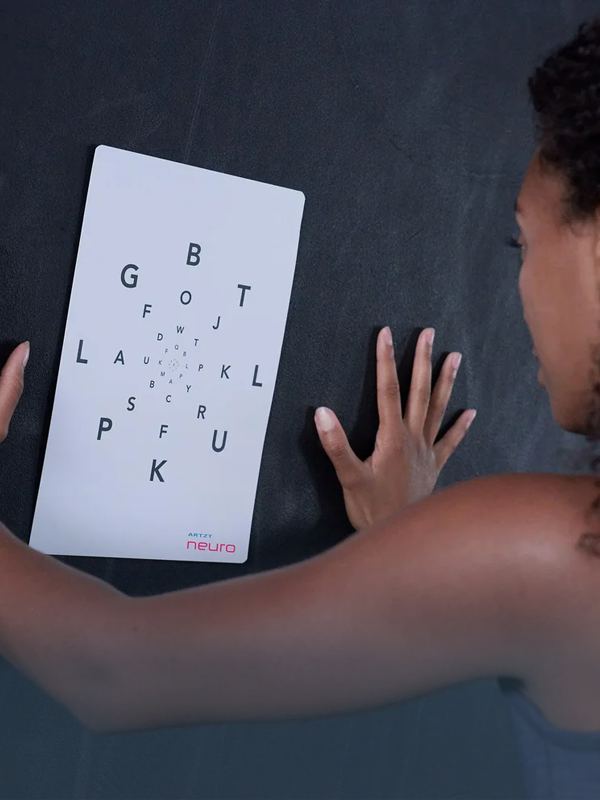Reading time: 5 minutes
In this article, we'll show you how neuroathletics can be a useful addition to your soccer training! Increase speed, overview, and coordination through soccer exercises that optimize the connection between brain and movement . But what exactly is neurotraining, and how can it help soccer players improve their game, gain tactical advantages, and prevent injuries? We'll show you how, as a coach, you can use these techniques to optimally develop players or improve yourself as a player! Professionals like LeBron James , Per Mertesacker , and Jürgen Klopp have long sworn by this method.
Contents
What is neurotraining?
Neuroathletic training, or neurotraining for short, is used by many soccer players to improve their performance. Imagine your brain and muscles working together perfectly – that's neuroathletic training! With targeted neuroathletic training, you can train your nervous system and neural communication, i.e., the exchange of signals between brain and body.
With neurotraining, you train your senses and motor skills – also known as sensorimotor exercises. They improve the quality of movement, coordination, and balance. This allows you to make more precise passes under pressure, change direction more quickly, or effectively avoid tackles.
Additionally, neuro-training exercises can improve your body awareness and increase your game intelligence (tactical advantages, situational awareness). To play at the highest level in football, all sensory systems must work together perfectly. These sensory systems include:
- the visual system (vision),
- the balance
- body perception.
These three systems work together in the body to control your movements reliably and stably. Only when all three components work together effectively can you perform precise and fast movements. This is where neurofunctional training can help. Sounds complicated at first? But it's not!
Why neuroathletics in football?
Alex and Simon from Soccerkinetics are experts in neurocentric soccer training and know from personal experience that many soccer players get injured or fail to reach their personal performance limits . Specifically, soccer players often make suboptimal or slow decisions on the field.
Injuries sometimes occur without direct contact with an opponent. This is because many players, or more precisely their brains, cannot keep up with the increasing speed of the game.
This is where neuroathletics in football comes in. Through targeted neuroathletics training, you as a footballer can improve your decision-making quality, speed, and execution. This training improves your neural movement processes in the body, allowing you to perform precise and fast actions on the pitch. Because in football, too, the brain controls every movement and every learning process.
Therefore, it makes sense for footballers to specifically incorporate the brain into training in order to achieve faster and more comprehensive tactical, coordination, and technical progress. This has also been scientifically proven by studies.
Helps the whole team: Why eyes are often underestimated in football
Your visual system is essential in football. It influences how you move, perceive the game, and how accurately you pass . These include:
- your eyes,
- your optic nerves and
- the brain regions that process visual information.
With clear visual skills, you'll always have a clear view of the field . This helps you make precise passes and quicker decisions . Your peripheral vision lets you spot opponents and teammates without losing sight of the ball.
This is where your sense of balance comes into play: Only when your balance is working reliably can you perform all movements properly, especially when changing direction quickly.
Thanks to spatial vision, you'll be able to better estimate distances and ball speeds. In short, a well-trained visual system will make you a smarter and more responsive player through effective neuroathletic soccer exercises.
But how do you do it? There are effective neuro exercises and soccer training equipment for group and individual training that you can easily integrate into a soccer training plan —for both adults and children.
You can even do some neuroathletic exercises at home with small aids, without the need for a trainer.
3 neuro exercises for coaches and footballers
We'll show you how to train your sensory system with unusual but simple soccer drills to become faster, more precise, and less prone to injury . Here are three exercises you can easily incorporate into your training.
Exercise 1: Ankle Circles
For this soccer exercise, stand on one leg and slightly raise the other. Now slowly rotate the raised ankle in a circular motion , first ten times clockwise and then ten times counterclockwise. This movement improves your flexibility and strengthens your ankle.
Exercise 2: Dribbling bounces
Incorporate so-called bounces into your dribbling exercises by completing small tasks while dribbling. These could
- coordination tasks such as balancing on one leg,
- cognitive tasks such as solving a math problem or
- visual challenges such as dribbling with limited vision.
For example, use an eye patch for limited vision.
The bouncers improve your ability to control the ball precisely despite distractions, while also training your cognitive and visual skills. This training will make you more versatile, more responsive, and help you maintain control even in stressful game situations.
In the video you will learn another exciting neuro exercise with an eye patch that will take your ball control to the next level through special juggling in soccer training.
Exercise 3: Eye mobility and coordination
For this soccer drill, stand with your feet shoulder-width apart and upright, holding a vision stick with your arm extended in front of you at head or eye level. Move the stick back and forth , keeping your eyes focused on the tip or a specific letter. Move the sticks slowly and with control in different directions (up, down, sideways), keeping your eyes moving as you do so, while keeping your head in the same position. Do 10–15 repetitions.
This neuro exercise improves your eye coordination and reaction time.
Watch the video to learn more innovative ways to integrate Vision Sticks into your existing soccer training.
Integration of fitness neuro tools into football training
BrainBoost Balls: Regeneration
The BrainBoost Balls also function as fascia balls, helping you loosen tense muscles through targeted pressure massages. They're perfect for recovery and pain relief after intense soccer training sessions. You can also use them for effective exercises during soccer training and combine them with other tools to strengthen your coordination – watch the video to learn more:
Pinhole glasses: More attention and focus
The grid-patterned glasses, also called pinhole glasses or grid glasses , promote eye convergence (the ability to focus both eyes on a nearby object) and concentration. They help improve visual attention and focus in soccer drills, supporting more precise movements and improved spatial awareness .
In the video you will learn an exciting soccer exercise with pinhole glasses that will help you improve your goal-scoring.
Mouth Tapes: More endurance and performance
Mouth tapes promote nasal breathing during sleep, improving your recovery and increasing breathing efficiency. This helps soccer players perform better on the pitch.
In the video, you'll learn how to use nasal breathing with the taping as an endurance booster and which exercises in soccer training will help you improve your breathing. Because the recovery phase also plays a role in mouth taping!
Brock String: Orientation & Decision Making
The Brock String trains your visual control and depth perception. It can help you develop visual concentration and spatial awareness, which benefits soccer players with orientation and decision-making on the field.
In the video you will learn how the Brockschnur can be integrated into game-like soccer drills to help you make faster and better decisions on the field.
Neuroathletics Football Set: Equipped for all exercises
Do you want to improve your soccer skills on all neuro-levels and hit the ground running with new abilities? Then the Neuroathletics Soccer Set is perfect for you. The set, which comes in a practical mesh bag, contains two different trigger point massage balls, an eye patch, pinhole glasses, mouth tapes, four colored vision sticks, an elastic Brock String Flex, and the Soccerkinetics book with many helpful soccer exercises.
Conclusion: Become a better player with neuroathletic football exercises
Whether you're a player yourself or a soccer coach, you can enrich every training plan and every training session with appropriate neuro-soccer exercises. Regular soccer exercises can improve your peripheral vision, enhance your visual perception, develop a better body awareness, and add a new dimension to coordination and speed training. This leads to better technique, faster decision-making, better shots on goal, and fewer injuries.
The best part: Neuroathletics benefits not only the individual soccer player, but the entire team. Have fun training!
You will surely find this exciting too:
Are you interested in this topic? Click here for the general article on neuroathletics in sports >

